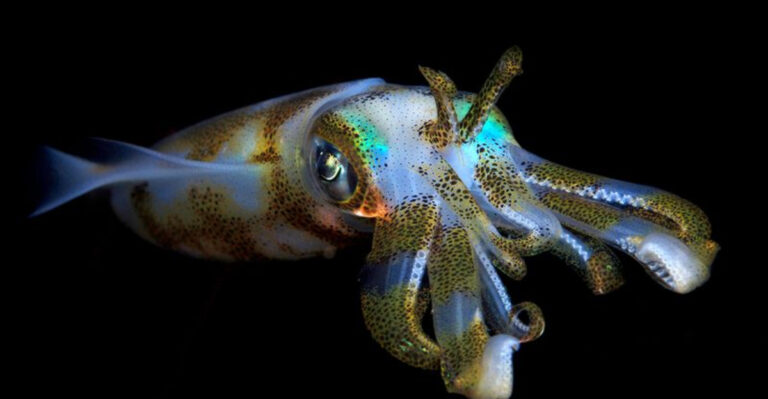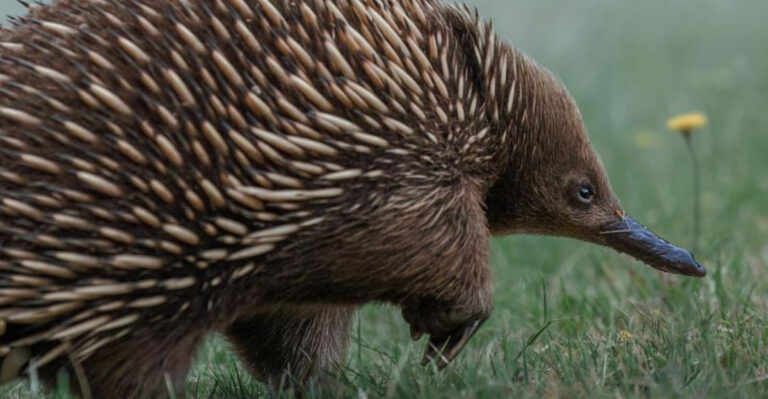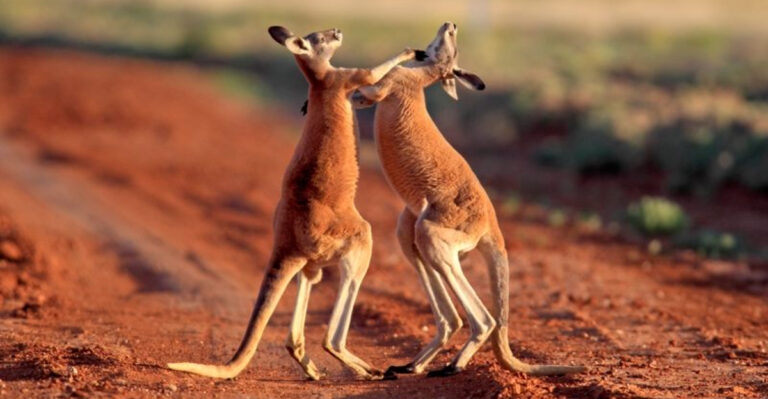12 Fun Facts About The Mysterious Sand Cat
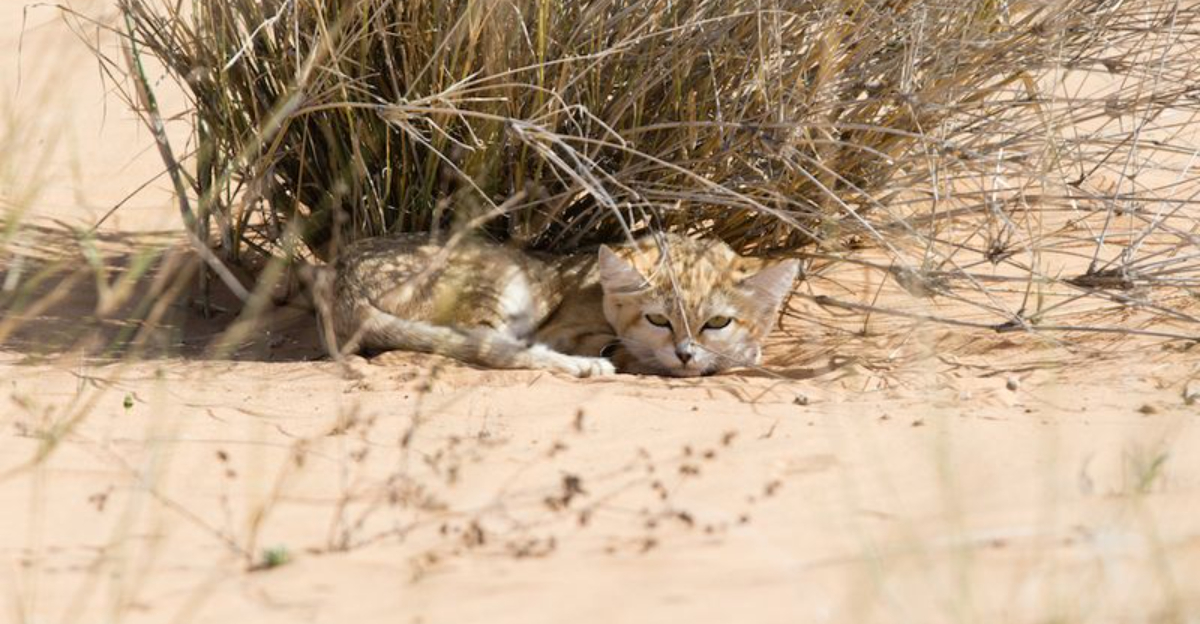
Who knew such a tiny creature could pack such a punch? The Sand Cat, with its endearing, kitten-like appearance, is one of nature’s little enigmas.
Despite their small size, these cats are perfectly adapted to survive in some of the harshest conditions on earth.
1. Sand Cats: Tiny Yet Tough
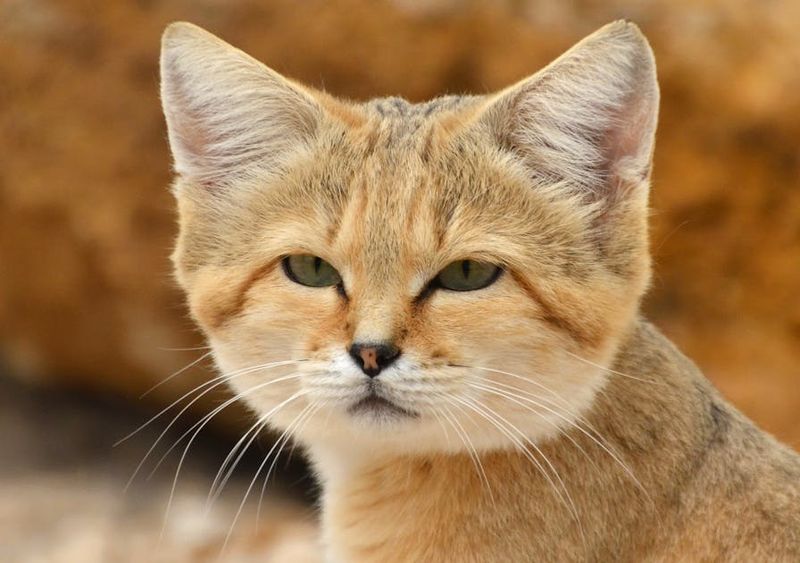
Weighing just 2 to 4 kilograms, Sand Cats are minute compared to other wild felines. However, don’t let their size fool you. These petite predators are tough cookies, surviving in the harshest desert environments.
Their small size is actually an advantage, allowing them to conserve energy and avoid detection by larger predators. It’s a prime example of how being small can be mighty in the wild.
2. Desert Natives
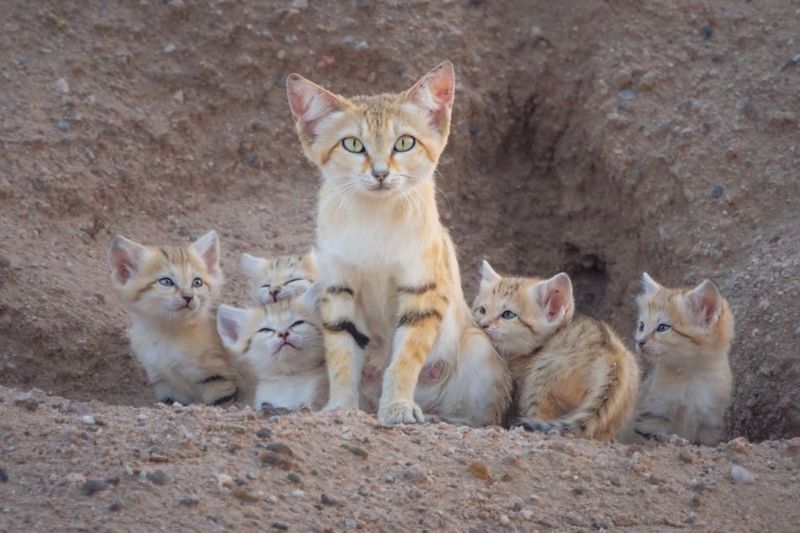
Sand Cats hail from the scorching deserts of North Africa, the Middle East, and Central Asia. These little explorers are perfectly designed for such extreme environments, with adaptations that let them thrive in intense heat and dryness.
Their native habitats, though harsh, provide all the resources they need to survive. This makes them true desert dwellers, uniquely suited to the barren beauty of their surroundings.
3. Nighttime Warriors
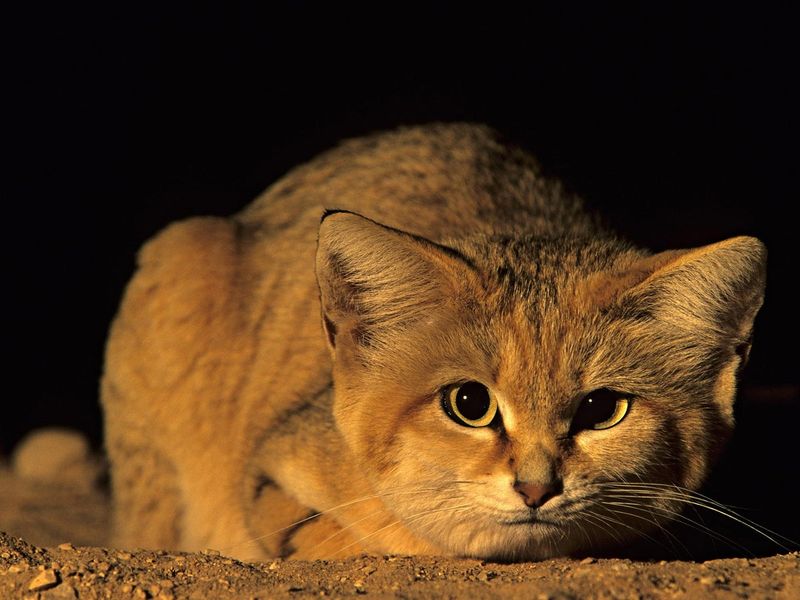
When the sun sets and the desert cools, Sand Cats come alive. These nocturnal hunters avoid the blistering daytime heat by prowling under the cover of darkness. They rely on their sharp senses to track down prey like rodents and birds.
Hunting at night not only helps them stay cool but also keeps them safe from daytime predators. Their night-time adventures showcase their adaptability and survival skills.
4. Master Burrowers
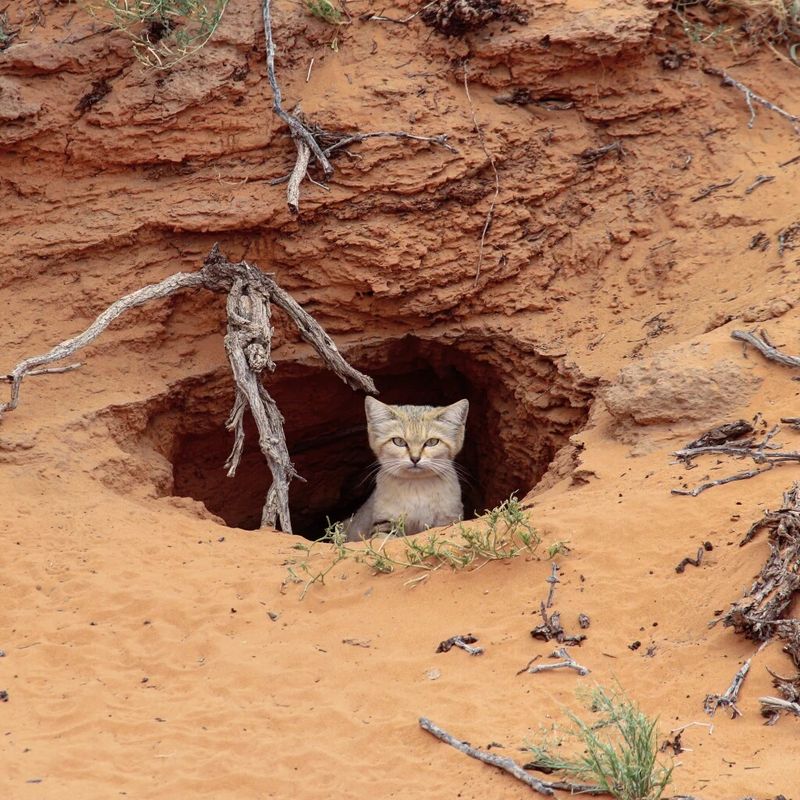
Digging is second nature to Sand Cats. They craft burrows to escape the intense desert heat, creating cool, underground havens. These burrows also serve as safe hideouts from predators and resting spots during the day.
Sand Cats are expert diggers, showing how life in the desert requires both cunning and construction skills. Their burrowing behavior is a testament to their resilience and resourcefulness.
5. Water-Free Wonders
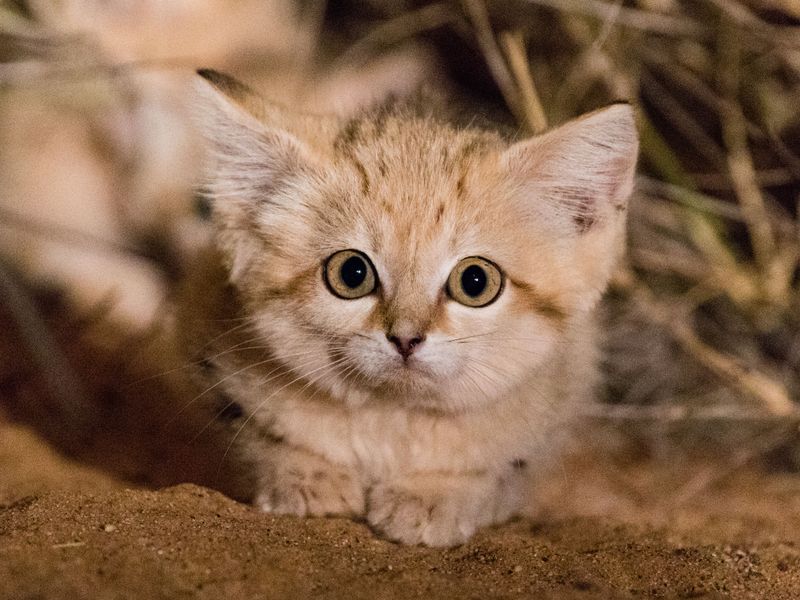
Need a drink of water? Not for the Sand Cat. These incredible felines can survive without drinking at all. They extract all necessary hydration from their prey, such as rodents and birds.
This adaptation is crucial for desert survival, where water is a scarce luxury. It’s a remarkable feat that highlights their evolutionary success in some of the world’s driest habitats. Truly a water-free wonder!
6. Camouflage Experts
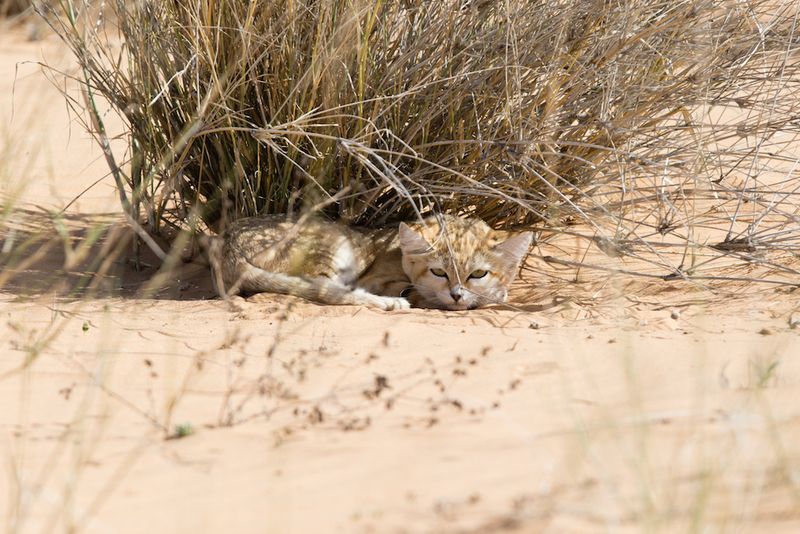
In the world of Sand Cats, blending in is a survival strategy. Their light, sandy-colored fur acts as natural camouflage, allowing them to meld seamlessly with their desert surroundings.
This disguise protects them from predators and helps them sneak up on prey. It’s a clever adaptation that underscores the importance of invisibility in the wild. Nature’s own chameleon, the Sand Cat is a master of disguise.
7. Ears Like No Other
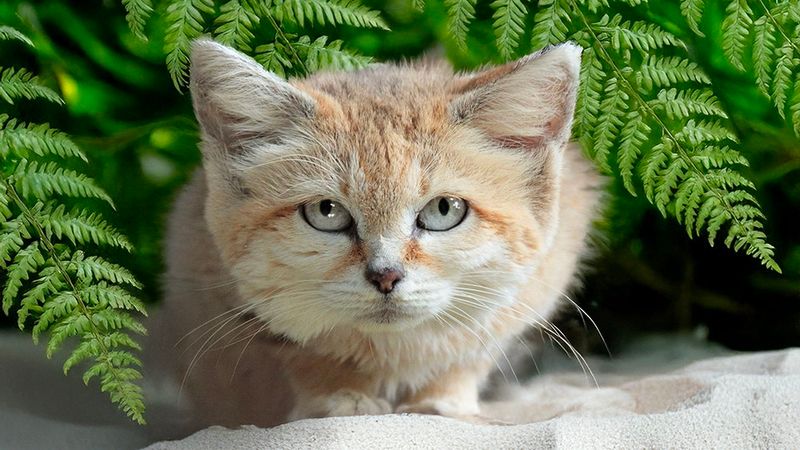
Sand Cats boast some of the best hearing in the animal kingdom. Their oversized ears are not just for show; they help them detect even the faintest rustle of prey in the vast, quiet desert.
With such acute hearing, Sand Cats can easily pinpoint the location of their next meal. This auditory advantage is key to their survival, making them formidable hunters despite their small size.
8. Lone Rangers
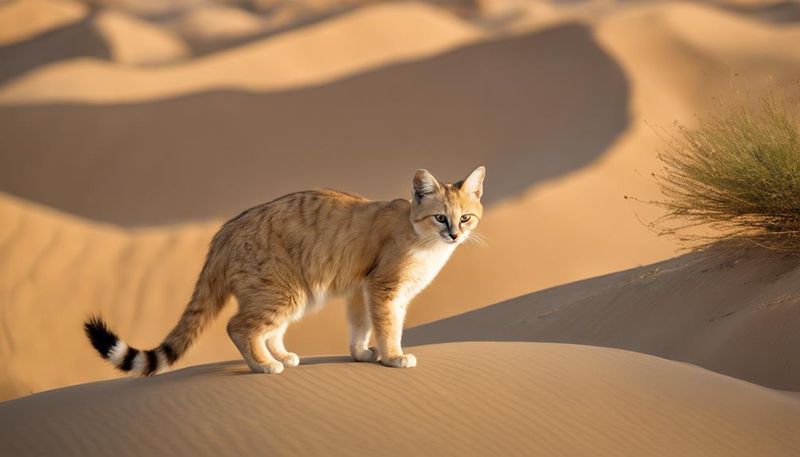
Social butterflies? Not Sand Cats. These solitary creatures prefer the company of their own shadow, each maintaining its own territory. They mark their realm with scent glands and defend it fiercely.
Living a solitary life allows them greater control over their resources and reduces competition. It’s a lifestyle that suits their independent nature, emphasizing their role as the lone rangers of the desert.
9. Elusive And Enigmatic
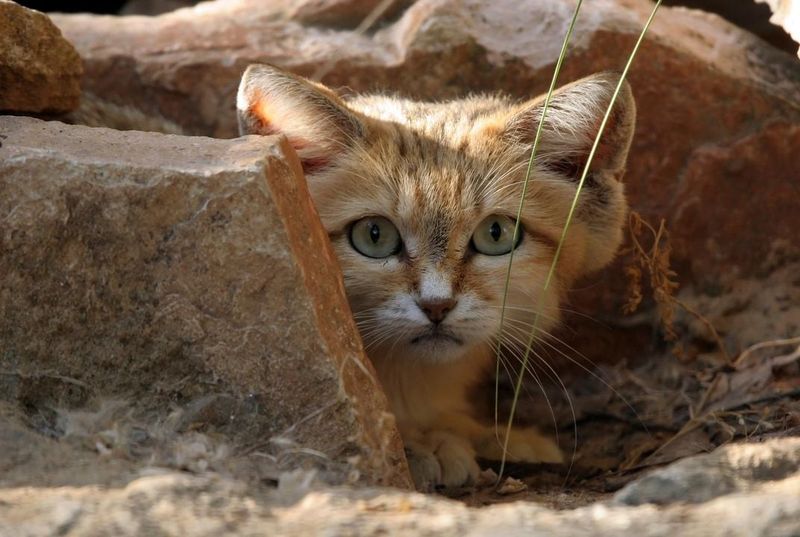
Spotting a Sand Cat in the wild is a rare treat. Their elusive nature and nocturnal habits make them hard to find, even for seasoned wildlife enthusiasts.
This mystery adds to their allure, making them a subject of fascination for researchers and animal lovers alike. Their secretive lifestyle helps them avoid threats and maintain a low profile in the vast desert landscape.
10. Mighty Hunters
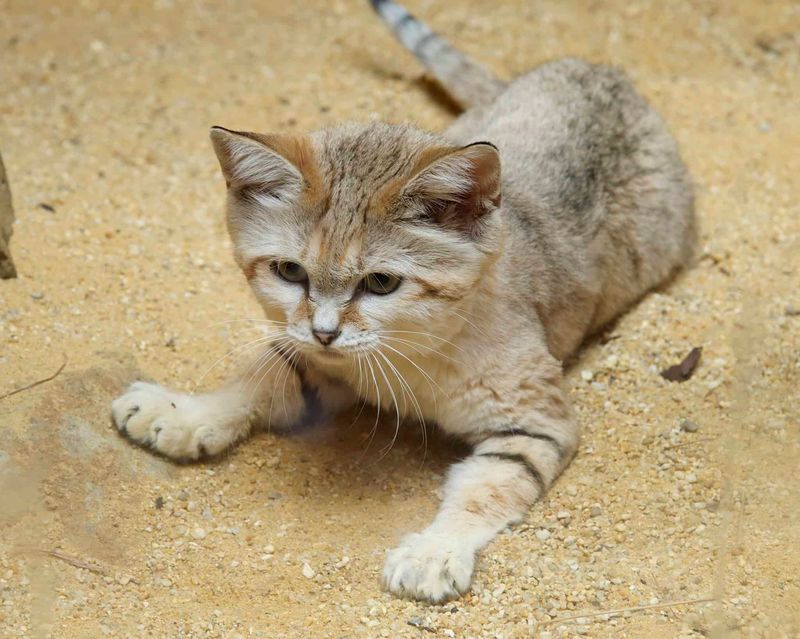
Don’t underestimate the hunting prowess of a Sand Cat. Despite their small stature, they are powerful predators, taking down small mammals, birds, and even insects.
Their sharp claws, agility, and stealth make them efficient hunters, capable of catching prey with impressive precision. Each hunt showcases their skills and adaptability, proving that size isn’t everything in the animal kingdom.
11. Endangered Yet Enduring
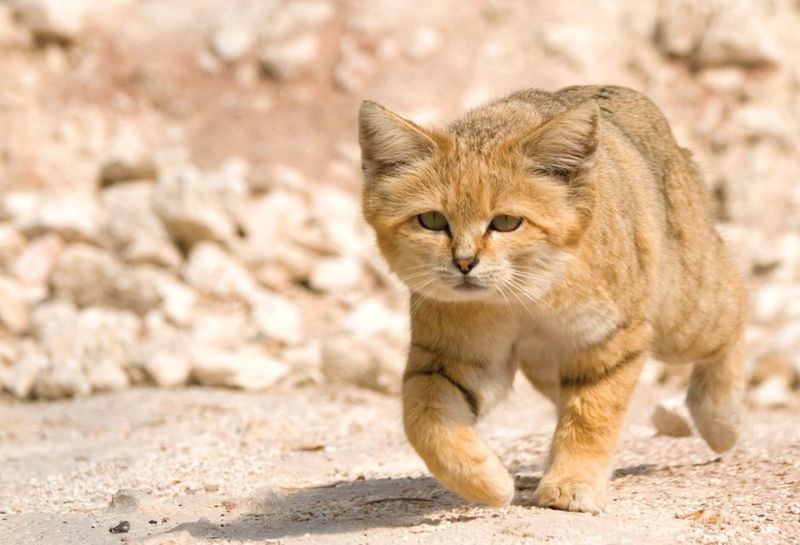
Sand Cats face threats from habitat loss and human encroachment, placing them near the endangered list. Conservation efforts are underway to protect their habitats and ensure they continue to thrive.
Despite the challenges, these resilient felines endure, capturing the hearts of those who strive to save them. Their story is a poignant reminder of the delicate balance between wildlife and human activity.
12. The Purring Predator
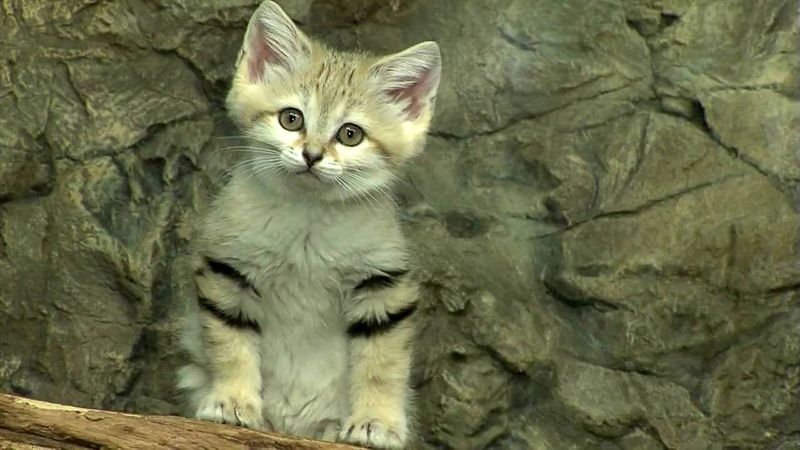
What could be more soothing than the soft purr of a Sand Cat? Like their domestic cousins, these wild felines purr when content. Yet, their purr is a softer, subtler melody, echoing across the desert sands.
It’s a charming trait that adds to their mystique, reminding us of the little joys of life. Hearing a Sand Cat purr is a rare and enchanting experience, one that few have witnessed.


